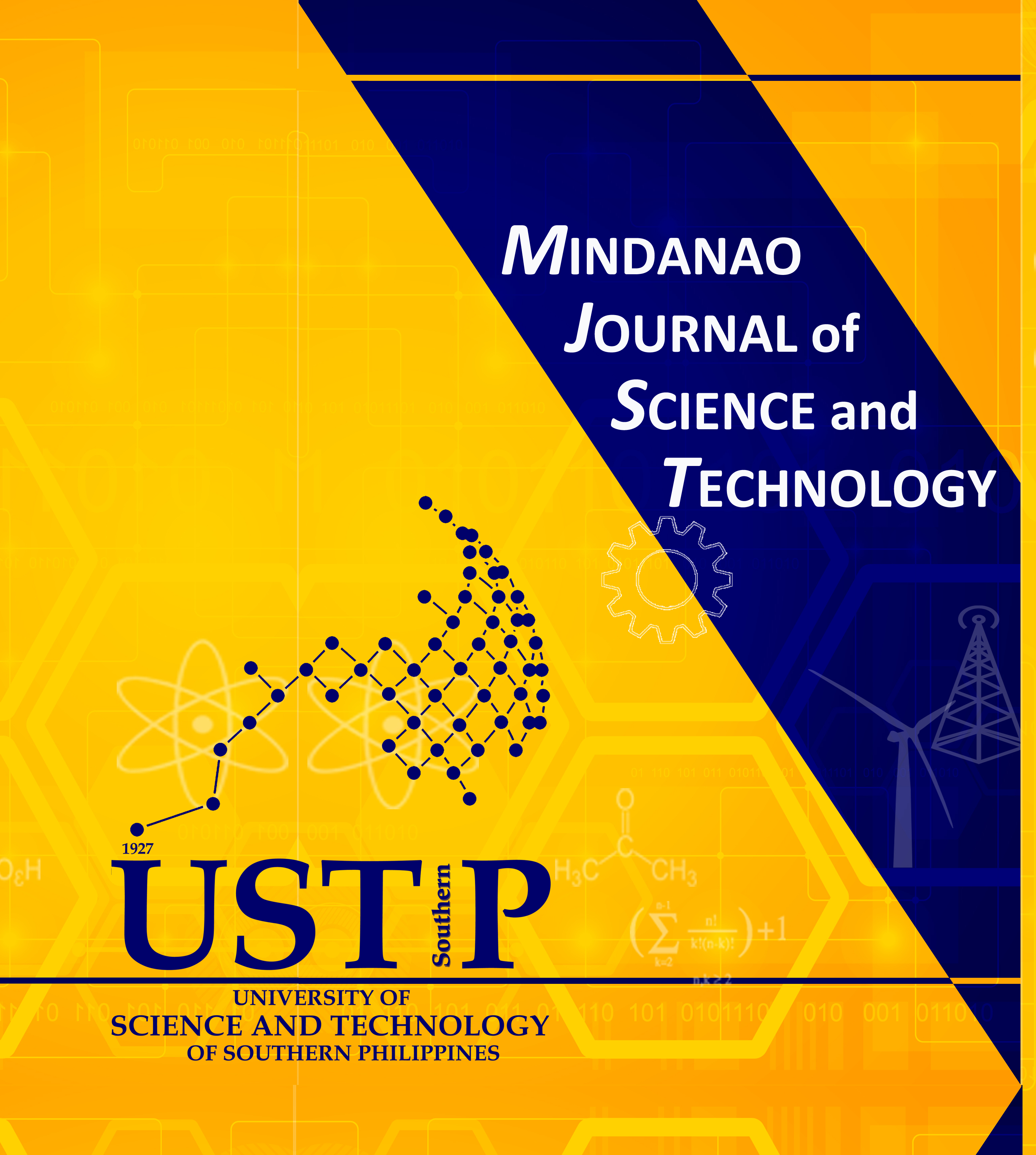Nonsequential and Sequential Dual Detection Probe Lateral Flow Immunoassay Device for Staphylococcal Enterotoxin B Detection
DOI:
https://doi.org/10.61310/mjst.v22iS1.2219Keywords:
lateral flow immunoassay, sequential detection probe delivery, dual detection probe, nonsequential, indirect ELISAAbstract
Staphylococcal enterotoxins (SEs) are among the leading causes of foodborne illnesses in the Philippines. Rapid and sensitive detection of these toxins in food, particularly staphylococcal enterotoxin B (SEB) – the most potent type of SE – is imperative. Rapid toxin detection can be achieved using a lateral flow immunoassay (LFIA) device. However, low sensitivity has been a persistent issue with LFIA devices. To develop an LFIA device with improved sensitivity, this study investigated the exclusive use of antibodies as biorecognition molecules in a dual-detection probe LFIA device format and the configuration of the LFIA device to release the probes nonsequentially and sequentially. The LFIA device was fitted with two layers of glass fiber sample pads, loaded separately with the two detection probes, and partially separated by a Scotch tape film. For the nonsequential LFIA device, the two sample pads were pretreated with blocking buffers containing the same sugar concentration, whereas for the sequential LFIA device, the two sample pads were pretreated with blocking buffers containing different sugar concentrations. When tested against a filtered, homogenized durian candy sample, the nonsequential LFIA device generated higher signal intensity than the sequential LFIA device. This result suggests that aggregation of the detection probes was superior to sequential binding in enhancing the signal of the LFIA device for SEB detection. The sensitivity of the nonsequential LFIA device at 5 ng/mL was two-fold higher compared to previous POCT LFIA devices for SEB detection in food samples.










